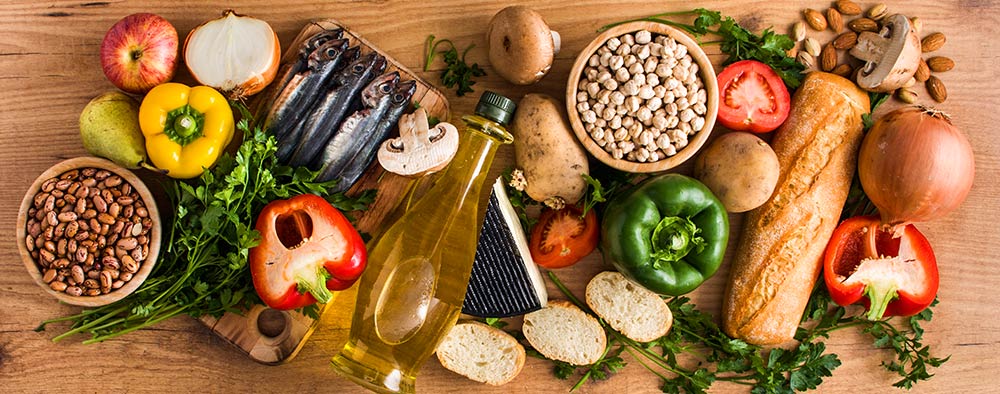by Brent Hearn •
Maybe it comes on without warning. You’re in the middle of a routine workout—and not a particularly strenuous one—when you feel a twinge in your elbow that proceeds to nag at you for weeks.
Or you’re climbing the stairs at your apartment and…there it is again—that familiar ache in your knee.
Or perhaps you’ve been diagnosed with rheumatoid arthritis or another chronic condition, and you’d love to trade your constant pain for something so temporary or occasional as an elbow twinge or an achy knee.
If one or more of these scenarios sounds familiar, you already know a bit about joint pain. And though it may be of little comfort, you’re not alone. In a 2022 poll from the University of Michigan’s Institute for Healthcare Policy and Innovation, 70% of older adults reported currently experiencing joint pain.
There are a variety of treatments for joint pain depending on the type, cause, and severity. There’s one treatment, however, that many of us can choose to pursue regardless of those factors: better nutrition.
Go Mediterranean
If you’ve watched health segments on news shows or thumbed through nutrition articles while in a doctor’s office waiting room, there’s a decent chance you’ve at least heard of the Mediterranean diet. Often touted as being heart-healthy, it offers a bevy of nutritional benefits. The diet emphasizes fruits, vegetables, legumes, fish and other seafood, spices, whole grains, nuts, olive oil, and plant-based unsaturated fats.
But…Why?
One key reason the Mediterranean is so great for those suffering from joint pain is the anti-inflammatory properties of many of its component foods and spices. (We’ve talked about the anti-inflammatory benefits of spices before. Check out Spice Up Your Life! from a June 2022 post and The Upside of (Good) Home Remedies from a February 2023 post.)
You may notice some items not mentioned as part of the Mediterranean diet: alcohol; red meat; processed foods; and refined sugars, grains, and dairy. There’s a very good reason for that: these foods are known to increase inflammation. We’re not saying to never consume any of those things (that’s between you, your doctor, and your conscience); we’re just saying they’re likely not doing you any favors when it comes to your joint pain.
To put it succinctly: Excess inflammation is bad for your joints. Foods that fight excess inflammation can be good for your joints. So consume more of the things that reduce inflammation and less of the things that increase it.
In Conclusion…
Eating well is not some kind of cure-all magic bullet. (Wouldn’t it be great if all it took to relieve joint pain was to chug some olive oil and down a few joint-healthy foods?) It’s but one spoke on the “better joint health” wheel. That said, it’s an important one that, barring patient food allergies and the like, just about any doctor or chiropractor worth their salt would likely sign off on. If only all medical advice were so tasty!
Sources:
Arthritis Foundation: Eat Right for Your Type of Arthritis
Arthritis Foundation: The Ultimate Arthritis Diet
Cleveland Clinic: 6 Foods to Eat for Healthy Joints
Harvard Health Publishing: An Anti-Inflammatory Diet May Be Good for Your Joints
Institute for Healthcare Policy and Innovation (U. of Michigan): Arthritis and Joint Pain









 ▶︎
▶︎  Why is the Discount Challenge prize amount $15,024? Because that is the average “per-occurrence” fine for Medicare inducements. That’s not $15,024 per patient, that’s not per provider, that’s PER VISIT. Stinks, doesn’t it? To us, the prize amount is worth the investment if we can help our profession better understand proper discounting.
Why is the Discount Challenge prize amount $15,024? Because that is the average “per-occurrence” fine for Medicare inducements. That’s not $15,024 per patient, that’s not per provider, that’s PER VISIT. Stinks, doesn’t it? To us, the prize amount is worth the investment if we can help our profession better understand proper discounting.